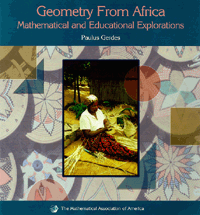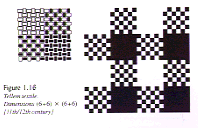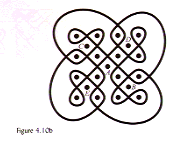In this "beautifully illustrated" book, "our Mozambican colleague, Paulus Gerdes, elaborates and presents us a rare mathematical gift. Through him, we learn of the diversity, richness, and pleasure of mathematical ideas found in Sub-Saharan Africa. From a careful reading and working through this delightful book, one will find a fresh approach to mathematical inquiry as well as encounter a subtle challenge to Eurocenctric discurses concerning the when, where, who, and why of mathematics" [Prof. Arthur B. Powell, Rutgers University, Newark NJ]
The book presents geometrical ideas from Africa south of the Sahara, with suggestions on how they can be explored both mathematically and in mathematics education (secondary school, teacher education, university).


